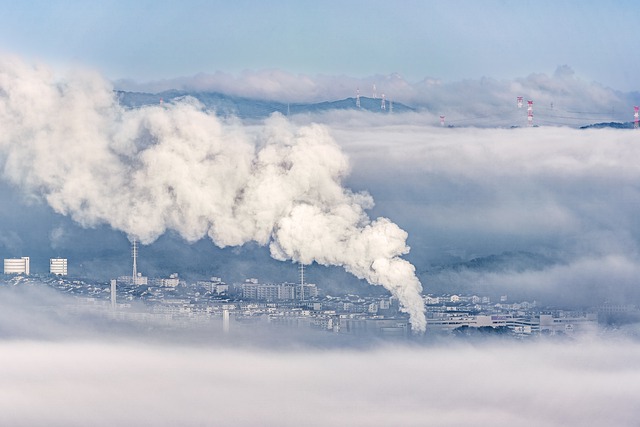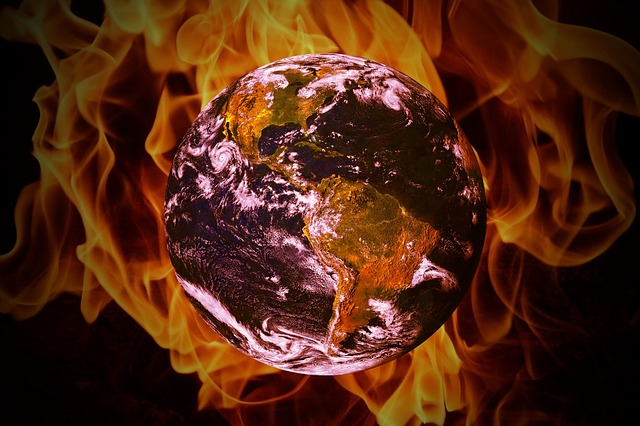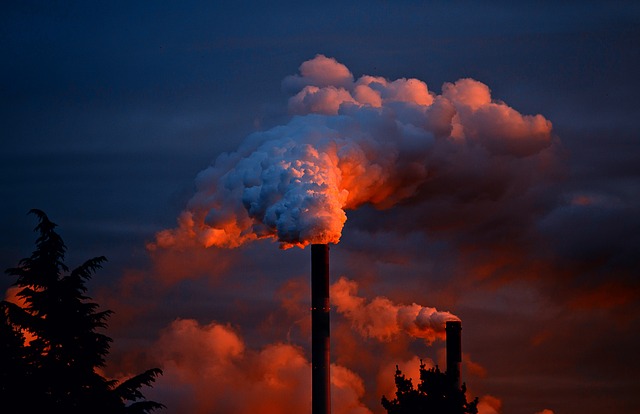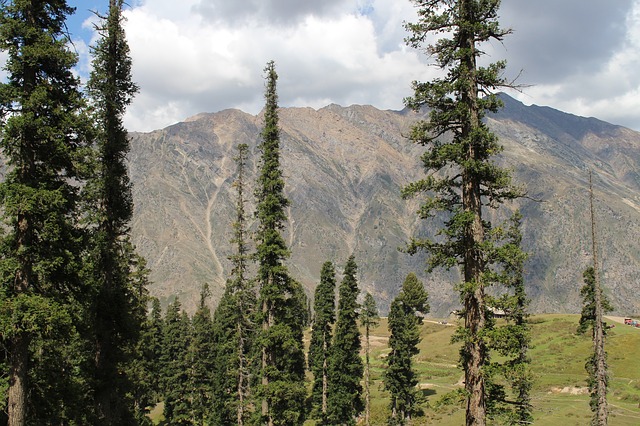What is meant by Carbon Sequestration?
Carbon sequestration is the process of storing carbon found in the atmosphere in gaseous form (carbon dioxide) by various means and methods in order to reduce its harmful effects of global warming and greenhouse effect on the earth. You may like: Global Warming- Causes, Effects and Solutions
45% of the carbon dioxide generated naturally as well as from anthropogenic sources remains in the atmosphere whereas 25% of the anthropogenic carbon emitted is sequestered naturally by trees, forests, and 30% is absorbed by the surface of oceans and soils.
As increasing amounts of carbon in the atmosphere is causing global warming that result in ocean acidification, rising sea levels, habitat degradation etc., some ways of reducing and removing it from the atmosphere have been devised which are known as Carbon Sequestration Methods.
What are the Common Methods used Traditionally for Carbon Sequestration?
There are generally 2 traditional methods used for storing carbon dioxide from the atmosphere, that have been used since the industrial revolution. They are:
- Biological Carbon Sequestration: as the name suggests, biological organisms such as plants, trees and other vegetations like shrubs and evergreen trees etc. and habitats of biological organisms such as soils, oceans, grasslands, peats, marshes and forests are used for the purpose of sequestering carbon. It is the natural ability of ecosystems to absorb this carbon. This is because plants and trees can carry out photosynthesis that requires the intake of CO2 from the atmosphere and release O2 back into the air. The CO2 that is removed from the atmosphere by these plants, can be stabilized in the extensive root systems or plant tissues due to its removal from the atmosphere. Carbon sequestration includes practices like reforestation (check out: What is Reforestation-Methods and Importance ), afforestation (What is Afforestation-Methods and Importance ) and any form of tree plantation or carbon reduction incentives taken while utilizing a biological ecosystem. Reclamation of land previously used for cultivation is also another way to store carbon. However, carbon storage in oceans lead to the problem of ocean acidification which you can read more about here.
- Geological Carbon Sequestration: this method involves underground storage in rocks and deep soil. Carbon dioxide emissions from industries; especially in iron and steel production, fossil fuel combustion processes in power plants are captured, put under high pressure until they liquify and then injected deep into the soil and underground rocks where they are stabilized and cannot escape into the atmosphere hence in this way, greenhouse gas effect of CO2 is vastly reduced and those emissions do not contribute to global warming.
Modern/Latest Methods of Carbon Sequestration:
With the increasing development and breakthroughs in technology and the IT sector, a new way of sequestering carbon has been suggested: Technological Carbon Sequestration which looks for a solution far beyond just removing it from the atmosphere and using it as a resource for many processes and in many industries. Some of these are briefly discussed below:
Technological Carbon Sequestration
- Graphite Production: Allotropes– different forms in which the same element (in this case, carbon) can exist. Carbon has 2 common allotropes- Diamond and Graphite. Where diamond is the hardest substance on earth, Graphite on the other hand is very soft, so soft that it can be used as a lubricant and in pencil leads. With the amount of carbon being emitted in the atmosphere, scientists have found a way to remove it and use it for converting it into graphene- raw material from which graphite is formed- by providing the right conditions. Graphene can then be used to make electronic screens and other tech devices. Thus, this is a successful way in which CO2 is not only removed from the atmosphere but also used as a resource efficiently.

- Engineered Molecules: these molecules have been developed by researchers that are capable of changing their shape and structure to capture carbon dioxide from air. These molecules are specific for the molecule (in this case, carbon) it is designed to find and capture.
- Direct Carbon Capture: This is a relatively expensive technique to employ at a larger scale because instead of removing existing carbon dioxide from the atmosphere, it removes the carbon from the source it is being emitted from; such as during energy intensive processes utilizing combustion. Therefore, before the CO2 can be released from the exhaust, it is captured, cooled and pumped into chambers where a liquid is present that is specially designed to hold and store this carbon while the now harmless emissions are now released into the atmosphere with no concern for contributing to the heating effect.
What is the Importance of Carbon Sequestration? What is its Future?
Carbon sequestration is and will become increasingly important in the future as well since we have been relying on fossil fuels since the industrial revolution and now we are at the brink of a full blown climate disaster that could make our planet uninhabitable. The reason is mainly the Carbon emissions. Thus, controlling and reducing these emissions are very crucial for our survival.
Carbon sequestration will allow humanity to continue using fossil fuels while having a means of removing the carbon from the atmosphere safely. Industries like iron, steel, electricity power plants that rely heavily on non renewable energy sources have a very high carbon footprint which means they emit a large amount of carbon dioxide. Therefore, adopting carbon capture technology and investing in this will help them to continue using fossil fuels without disastrous consequences. For more information of Carbon Footprint, check out: Carbon Footprint- All You Need To Know
Carbon sequestration in all its form is highly important because global warming, extreme weather events, heat waves, floods, drought, ocean acidification, habitat degradation and natural disasters that cause life losses and along with many other environmental issues have CO2 emissions as the crux of all problems. Controlling, reducing and all together removing it from the atmosphere is the most pressing concern we have right now and therefore more ways to sequester carbon are being researched actively.
We hope you liked this post! Please comment below if you have any suggestions, comments or feedbacks! We at #envpk love hearing from readers! Thanks




